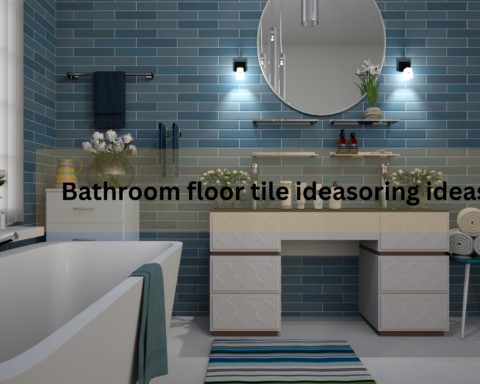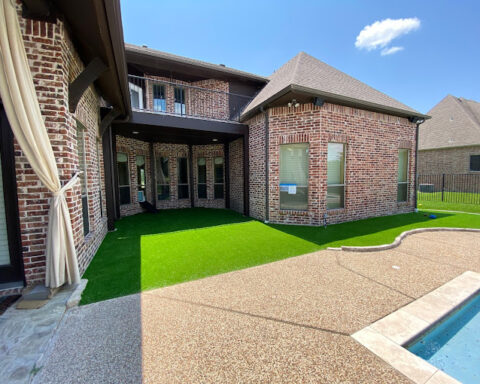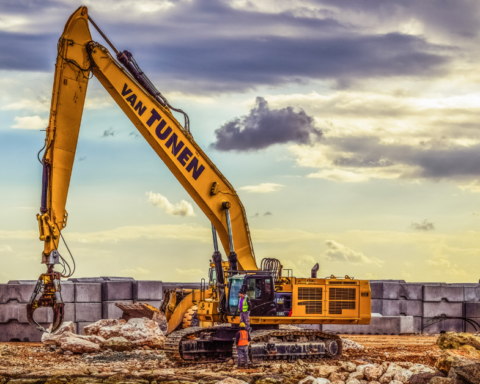The Arabic Majlis, also known as the Diwan, is a significant cultural and architectural element found in many Arab households and public spaces. It serves as a symbolic representation of hospitality, socialization, and cultural values deeply rooted in Arab traditions.
Origins and Significance of Arabic Majlis
The term “Majlis” translates to “a place of sitting” in Arabic, reflecting its primary purpose as a gathering space for family, friends, and guests. Historically, the Majlis was a meeting place for tribal leaders and elders to discuss important matters, resolve disputes, and share stories.
Over time, the concept of the Majlis evolved into a multifunctional space that embodies the core principles of Arab hospitality, including generosity, warmth, and respect for guests. It reflects the communal nature of Arab societies, where social connections and relationships are highly valued.
Design and Layout
The design of the Arabic Majlis is characterized by its open layout, low seating arrangement, and rich decorative elements. Traditional Majlis rooms feature floor-level seating cushions or sofas arranged around the perimeter of the room, facing each other to encourage interaction and conversation.
The central focus of the Majlis is often a coffee table or a low-slung table, where refreshments like Arabic coffee and dates are served to guests as a gesture of welcome and hospitality. The walls may be adorned with intricate Arabic calligraphy, geometric patterns, or traditional art pieces, adding to the ambiance of the space.
Cultural Practices and Customs
The Arabic Majlis plays a significant role in various cultural practices and customs, including:
- Gatherings and Celebrations: It serves as the primary venue for family gatherings, celebrations, and social events such as weddings, Eid festivities, and cultural ceremonies.
- Guest Reception: When hosting guests, especially during Ramadan or other special occasions, the Majlis becomes a focal point for welcoming visitors, sharing meals, and engaging in meaningful conversations.
- Business Meetings: In some contexts, the Majlis is used for conducting business meetings, negotiations, and diplomatic discussions, highlighting its versatility as a space for both social and professional interactions.
Modern Adaptations
While the traditional Arabic Majlis remains deeply rooted in cultural heritage, modern interpretations and adaptations have emerged to suit contemporary lifestyles and design preferences. Today, Majlis-style seating arrangements can be found in upscale hotels, restaurants, and even office spaces, offering a blend of tradition and modernity.
Preserving Tradition in a Globalized World
Despite the influence of globalization and changing lifestyles, the Arabic Majlis continues to hold significance as a symbol of cultural identity and values. Efforts to preserve traditional architecture, craftsmanship, and social customs associated with the Majlis contribute to maintaining a sense of continuity and pride in Arab heritage.
Conclusion
The Arabic Majlis represents more than just a physical space; it embodies centuries-old traditions, values, and customs that are integral to Arab culture. From fostering social bonds to showcasing intricate craftsmanship and hospitality, the Majlis remains a timeless icon that reflects the rich heritage and identity of the Arab world.

















